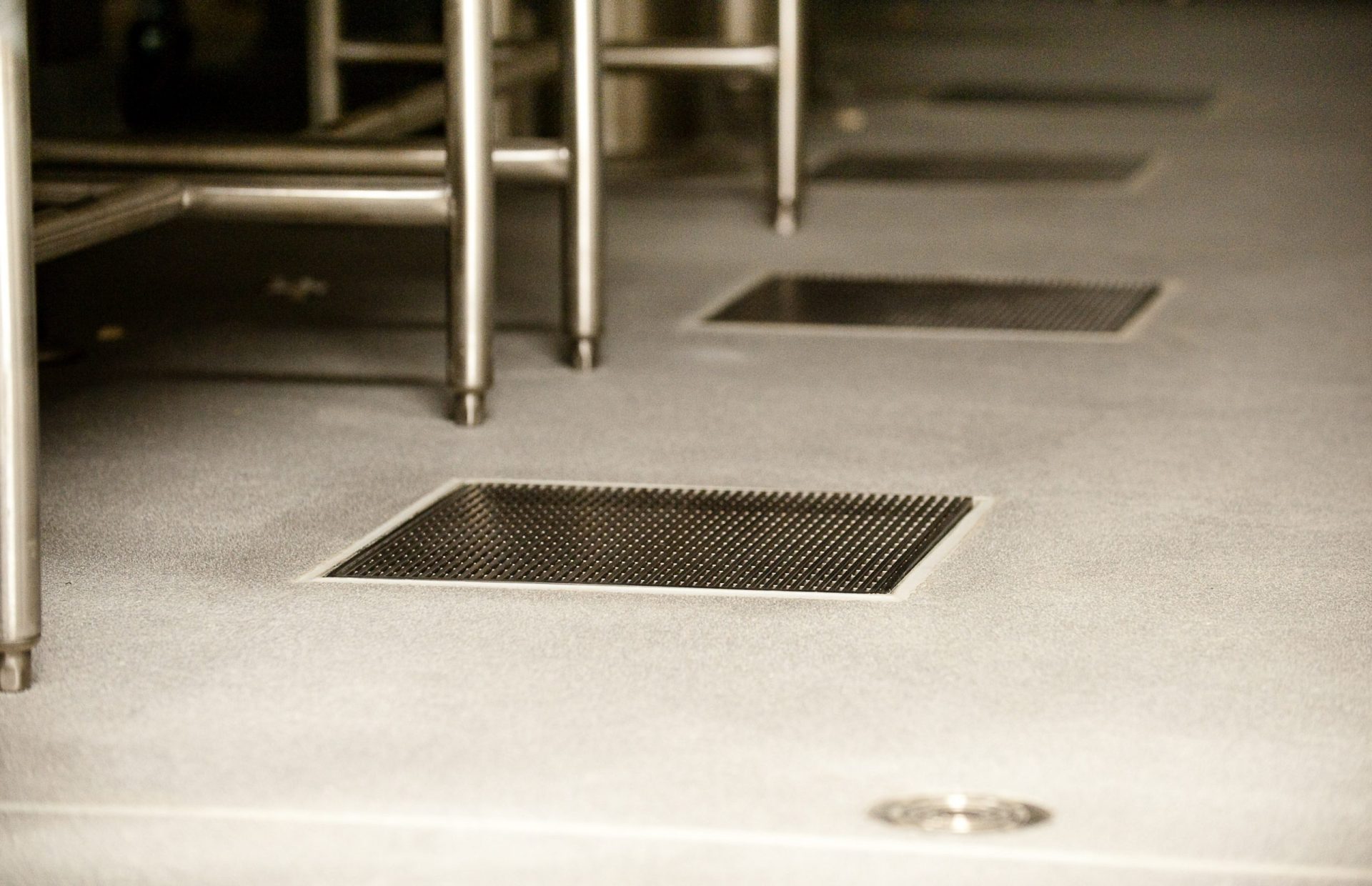Caring for Our Most Vulnerable – Hygienic Drainage Solutions
Drainage systems designed and tailored to provide hygienic solutions for facilities that care for New Zealand’s most vulnerable.
According to Stats NZ, building consents issued in the preceding 12 months to May 2021 for hospitals and nursing homes increased in value by 44.5% to $711 million (an increase of $219M NZD). Educational facilities increased by over 60%, an additional $561 million. All these facilities cater to the most vulnerable members of our society. Each facility most likely contains an area for the preparation and/or serving of food; the world health organisation states “unsafe food containing harmful bacteria, viruses, parasites or chemical substances can cause more than 200 different diseases — ranging from diarrhoea to cancers. Around the world, an estimated 600 million — almost 1 in 10 people — fall ill after eating contaminated food each year, resulting in 420,000 deaths.”
A kitchen or food preparation facility therefore must perform at the highest hygienic level possible to safeguard the health of the occupants using these buildings. The success of a commercial kitchen or food and beverage production facility is made or broken on its design. Drainage design is of special importance but is often an afterthought behind aesthetics and functionality. A good drainage system contributes to food safety and hygiene, conversely, insufficient drainage can result in food contamination.
When designing commercial kitchens, off-the-shelf drainage products may not provide the best solution for the very specific needs of each application. A better approach is to understand the installation environment and assembling tried-and-tested systems with the appropriate capabilities, designed into a customised, optimal layout. This will maximise performance and economy by not under or over-engineering while benefiting from systems with proven quality and reliability.
Commercial kitchens are spaces that are subject to regular occurrences of spillage of liquid used during cooking and cleaning, as well as grease, fat and food waste. Without an appropriate drainage system, wastewater can cause pipe blockages, and major disruptions to service. Kitchens must be designed so that any liquids present on the floor or discharged from equipment are quickly and safely removed.
In a commercial kitchen, drainage can impact major aspects of the operation with food safety among the highest concerns. Food can become contaminated if wastewater is not safely drained away during food preparation and when cleaning surfaces. Good drainage systems prevent bacteria from entering into the premises, and reduce the incidence of contaminated water pooling and stagnating.
Allproof manufactures commercial drainage systems from high grade stainless steel with a variety of designs that can be tailored to suit each application. Stainless steel makes an excellent hygienic material for kitchen and food processing facilities because it contains no pores, cracks or open spaces for bacteria, including odour to embed itself in, as it is a self-contained piece of material. Its great mechanical properties mean it’s also resistant to dents and surface defects ensuring the surface remains sealed for hygienic purposes. It is also easy to maintain/clean ensuring that bacteria doesn’t have an opportunity to grow or spread.
Drainage is an important factor to consider when designing a kitchen or food preparation facility, it can be difficult if not impossible to remediate work should the installed drainage system not be sufficient for the intended purpose. It is advisable you engage the assistance of a hydraulic engineer and Allproof — a specialised drainage supplier — at an early stage to get the right customised solution.

